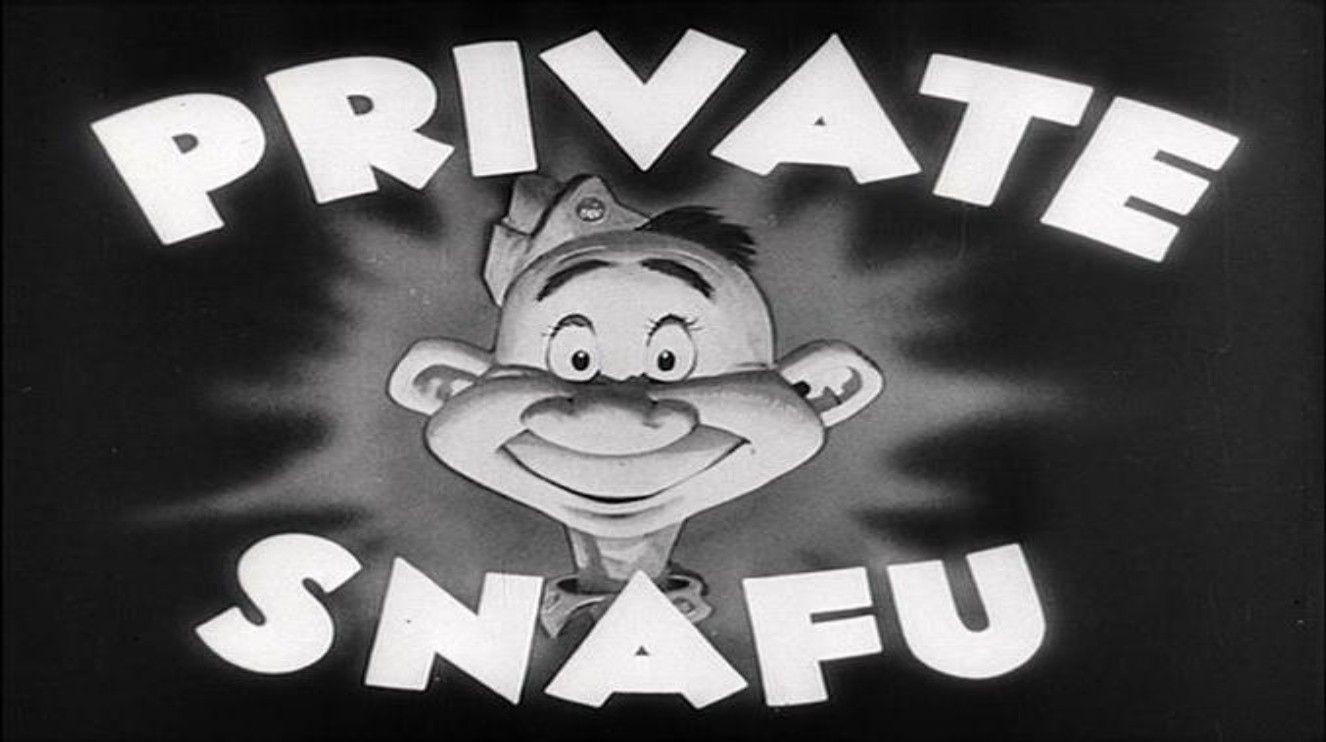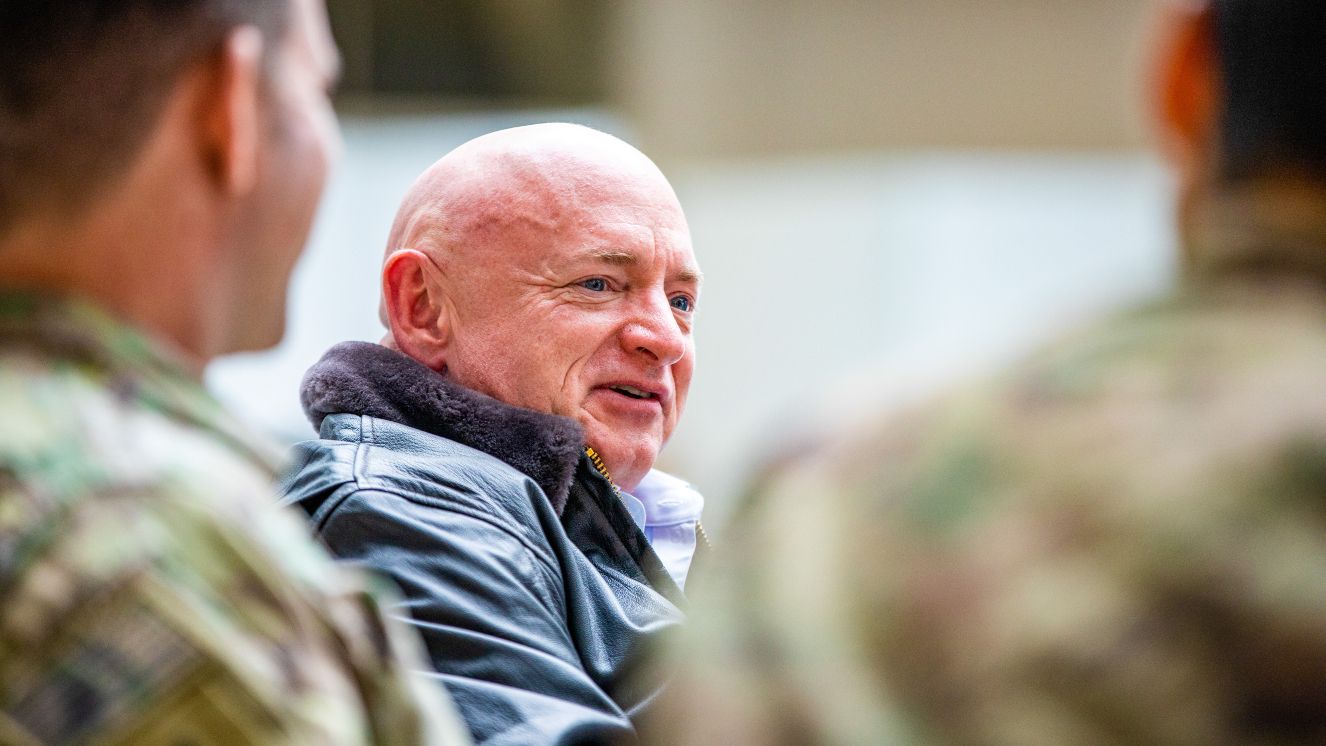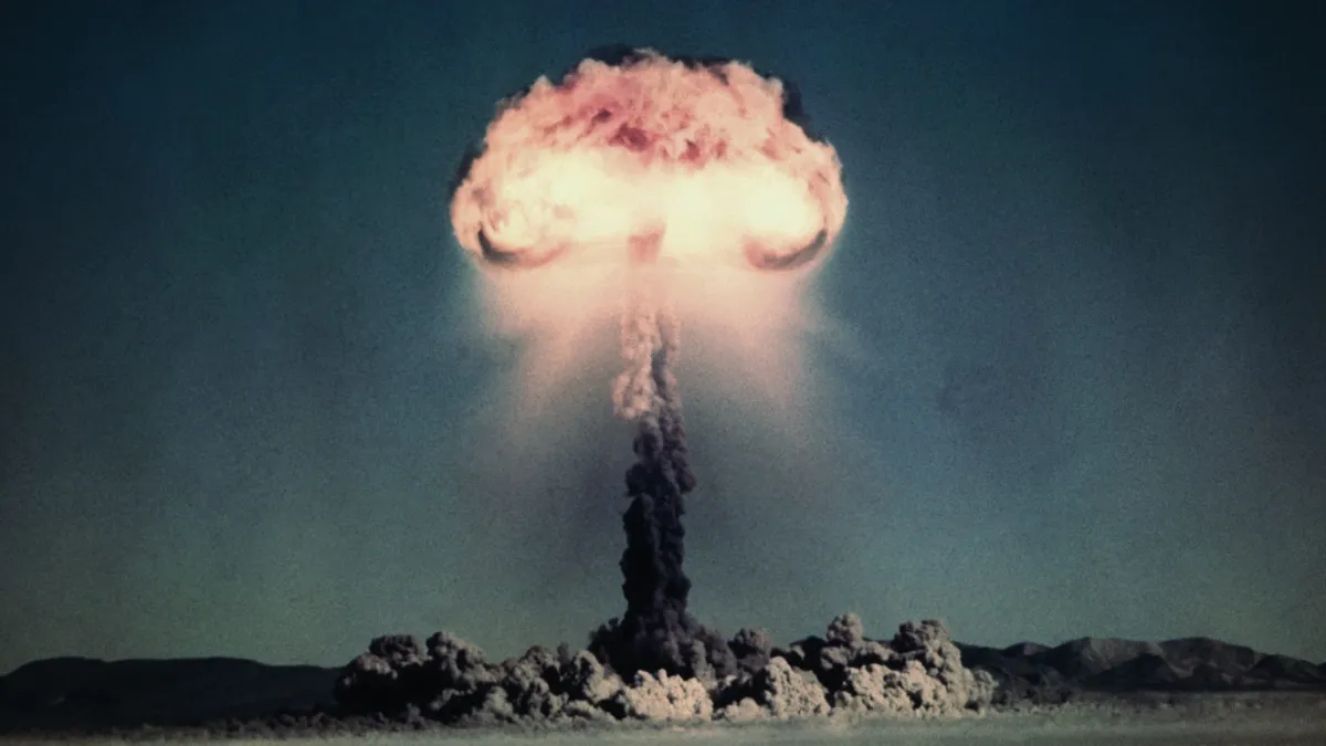HISTORY OF U.S. MILITARY PARADES: TRUMP'S PROPOSAL CONTEXT

Washington is bracing for a massive military parade mid-June. Trump’s military parade will consist of more than 6,600 soldiers, 150 military vehicles, 50 helicopters, and performances from seven military bands. The parade will begin at the Pentagon in Arlington, Virginia, and then will proceed across the Memorial Bridge into Washington, D.C. It will then pass the National Mall before coming to an end.
The parade will celebrate Flag Day, the 250th Anniversary of the US Army and, coincidentally, President Trump’s 79th birthday. This event has generated much debate between those who support and oppose the merits, cost, and purpose of the parade.
This article won’t touch that political firecracker. Instead, let’s briefly look at the history of military parades in the USA. If they have been held in the past, how large they were, and the reasoning behind their occurrence.
Early U.S. Military Parades: Historical Overview
The first organized Presidential Inauguration parade that included military units did not occur with George Washington’s inauguration as the USA’s first President in 1789. In fact, Washington firmly believed in civilian control of the military and, therefore, opposed the inclusion of military units during his inauguration.
During the later years of his life, however, he participated in and was honored at many military parades. He appreciated their value as morale-boosting events and as a form of civic expression.
James Madison’s Inauguration
James Madison’s inauguration in 1809 saw the first participation of military units when a troop of cavalry from Georgetown escorted him to the Capitol. Madison sat in review of nine companies of militia after taking the oath of office.
The participation of military escorts grew larger over the following years and continues to this day, but is more about the pageantry than it is a demonstration of the USA’s military capability.
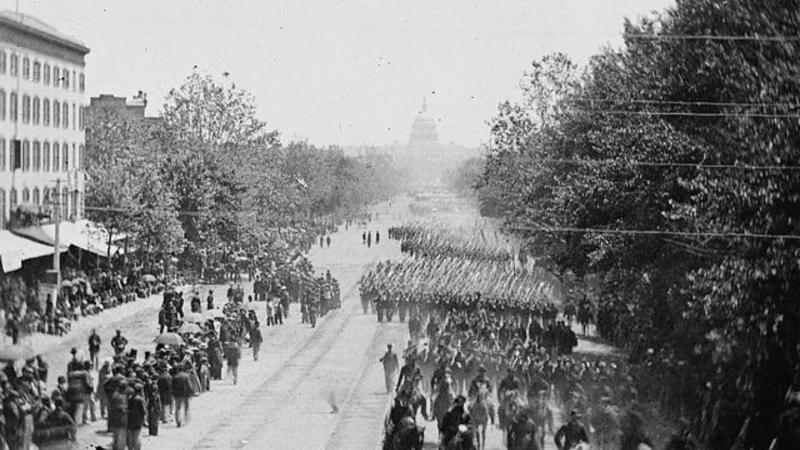
The Grand Review of the Armies
The first recognized military parade in the USA was the Grand Review of the Armies held on May 23 and 24, 1865, following the Union victory in the American Civil War.
The parade included more than 145,000 troops from the Union’s East and West Armies, and the procession lasted more than six hours down Pennsylvania Avenue toward the White House.
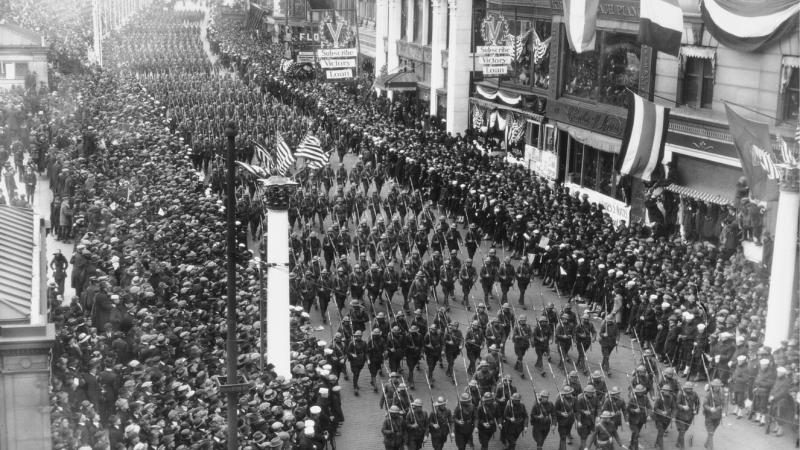
A “Welcome Home” Parade Is Held for Boston’s 26th Division
On April 25, 1919, Boston welcomed the soldiers of the 26th Yankee Division back from a year of hard fighting on the front in France.
It was the largest military parade in Boston’s history, with 20,000 soldiers marching or being driven in convertibles if they were wounded. Over a million people lined the streets on that rainy day. Boston wouldn’t see a larger parade until their beloved Red Sox won the 2004 World Series.
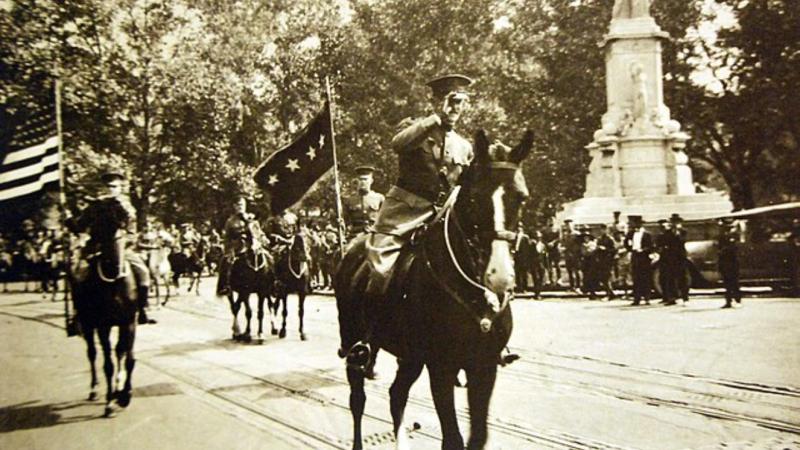
A “Welcome Home” Parade for General John J. Pershing
New York hosted a large military parade on September 10, 1919, to welcome home General John J. Pershing, Commander in Chief of the American Expeditionary Force.
The parade included 25,000 soldiers who served in the 1st Division on the Western Front. Two days after the New York parade, General Pershing led a similar parade down Pennsylvania Avenue in Washington, DC.
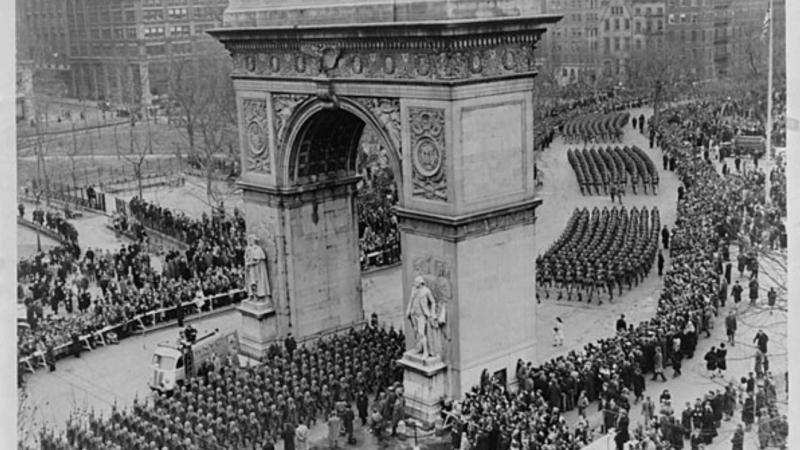
The New York City Victory Parade
Perhaps the most famous WWII military victory parade was the New York City Victory Parade held on January 12, 1946.
It included 13,000 troops from the 82nd Airborne Division, Sherman tanks, and other armored vehicles to include self-propelled Howitzers and a fly-by of C-47 aircraft. The parade began at Washington Square and stretched four miles long down Fifth Avenue.
The New York Victory Parade was one of several large victory parades held in the USA and in Europe, the most famous being the London Victory Celebration on June 8, 1946.
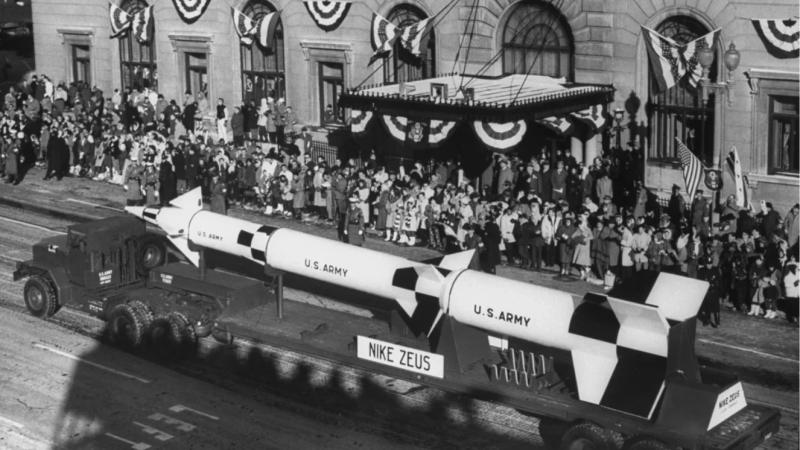
Cold War Era U.S. Military Parades: Key Developments
Even the Cold War era wasn’t without its large military parades. During both Presidential inauguration ceremonies for Dwight Eisenhower, two very large military parades took place replete with a display of the USA’s most advanced weaponry.
During Eisenhower’s first inauguration ceremony on January 20, 1953, more than 22,000 military personnel and 5,000 civilians marched in a two and a half hour long parade.
The military procession included the M65 Atomic Cannon – nicknamed “Atomic Annie” – a 280mm artillery piece capable of launching a shell with a 15 kiloton nuclear yield, equivalent to the bomb dropped on Hiroshima.
Not to be outdone, President Kennedy’s inauguration parade on January 20, 1961, included more than 16,000 military personnel and the display of the US Air Force’s developmental XB-70 supersonic bomber aircraft. The USAF ultimately canceled the XB-70 program, but the two aircraft that were built supported supersonic flight testing from 1964 to 1969.
Without a declared victory or even a defined end to hostilities, there haven’t been national military parades commemorating the Korean and Vietnam Wars.
To date, there have also not been military parades to honor Veterans of the wars in Afghanistan and Iraq.
When Was the Most Recent Military Parade?
The most recent military parade was the National Victory Celebration on June 8, 1991. The parade celebrated the conclusion of the Gulf War in Iraq.
General Norman Schwartzkopf, Commander of the Desert Storm troops, led a parade of 8,000 military personnel down Constitution and Pennsylvania Avenues and across Memorial Bridge.
The Army also rolled a MIM-104 Patriot Tactical Air Defense Missile System down the parade route. Much like the discussion surrounding the upcoming US Army 250th Anniversary Parade, the National Victory Celebration received some criticism for its overt militarism.
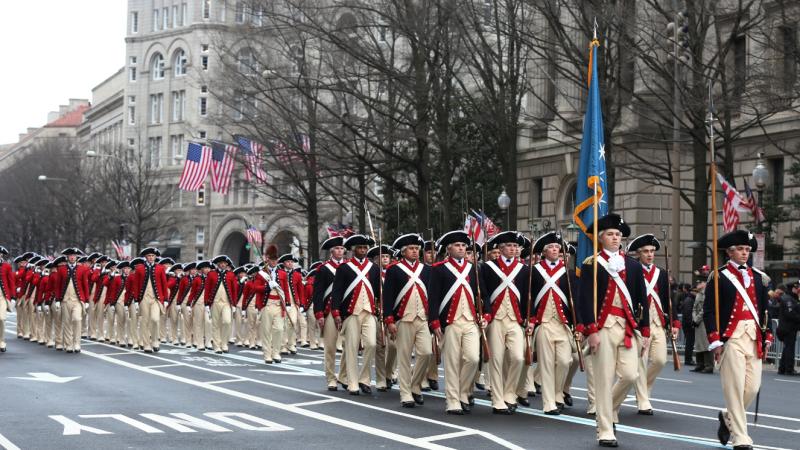
Donald Trump's Military Parade Proposal: Historical Context
Whether one supports or opposes President Trump’s forthcoming Grand Military Parade, this type of parade is not new. Historically, they have been conducted as part of a Presidential inauguration ceremony or after a war, in which the USA emerged as a clear victor. Apologies go to all of the brave Veterans who fought in Korea, Vietnam, Afghanistan and Iraq.
One major exception was the New York at War parade organized by Mayor Fiorello LaGuardia. While WWII raged in Europe, Mayor LaGuardia organized a parade that took place on June 13, 1942 in support of military mobilization after the USA declared war on the Axis Powers.
It was, at the time, the largest parade to ever take place in New York City and included 500,000 military personnel and 2.5 million spectators. The parade coincided with the global United Nations Day and, you may have already figured it out, US Flag Day. While everyone may not love the idea of President Trump’s military parade and, more specifically, the cost associated with staging such a large event, it’s safe to say that these types of parades, while rare, are not unique.
Suggested reads:
BY GEORGE RIEBLING
National Security Analyst at VeteranLife
Air Force Veteran
George Riebling is a retired USAF Colonel with 26 years of distinguished service as an Air Battle Manager, including operational assignments across five command and control weapon systems. He holds a Bachelor of Journalism, Radio & Television from the University of Missouri. Following his military c...
Credentials
Expertise
George Riebling is a retired USAF Colonel with 26 years of distinguished service as an Air Battle Manager, including operational assignments across five command and control weapon systems. He holds a Bachelor of Journalism, Radio & Television from the University of Missouri. Following his military c...

